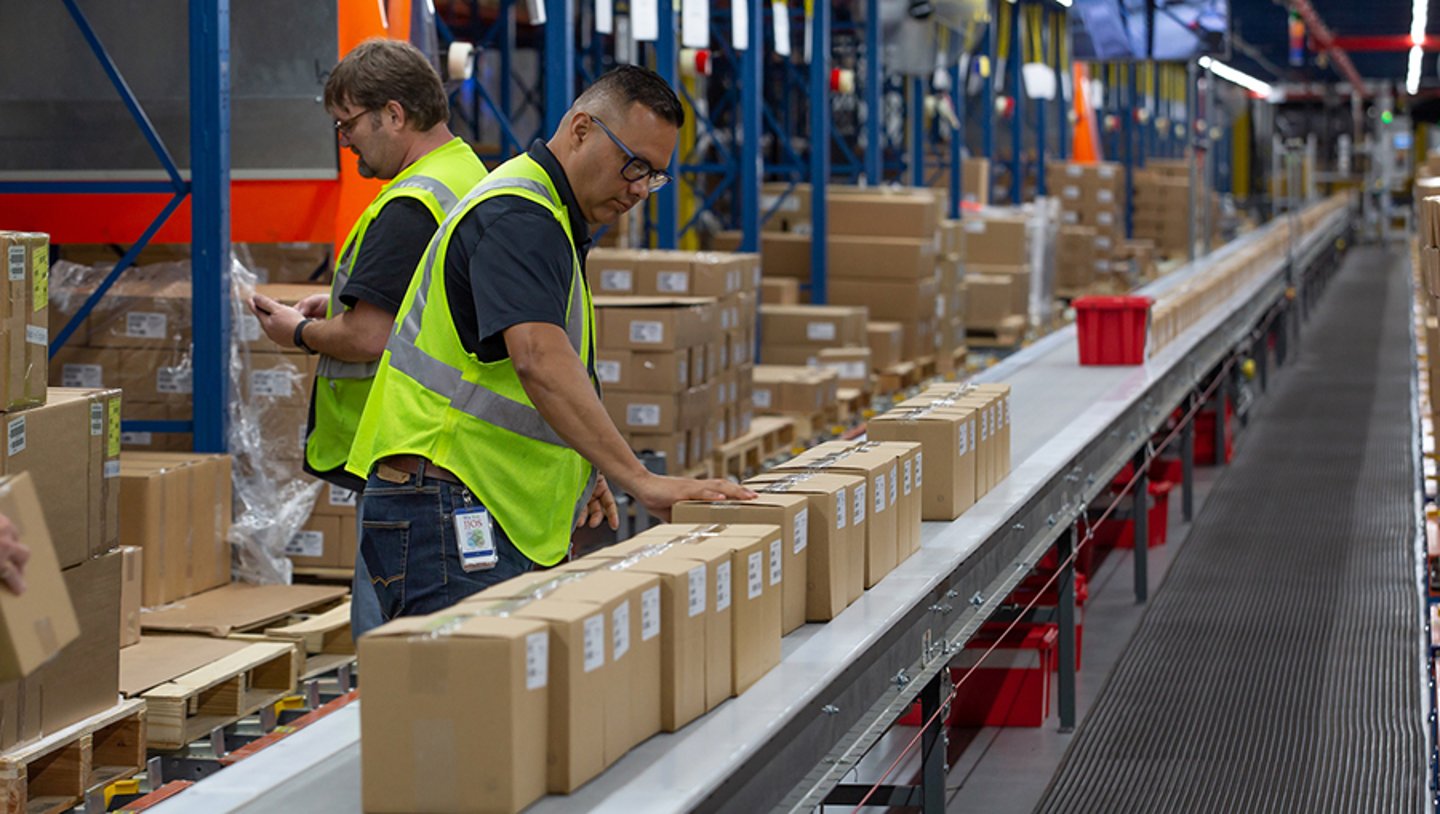Johnson & Johnson’s Smart Shipping Operation
“Shipper of choice” and sustainability are trending terms among supply chain managers, but they’re nothing new to the Johnson & Johnson Family of Companies in North America, based in New Brunswick, N.J. The company’s logistics operation has a long track record for attracting carriers that share a commitment to customer service, efficiency and sustainable transportation.
“In our experience, the best carriers want to work with shippers who can help them be more productive, especially when it comes to driver hours of service and fuel economy,” says Michael McDowell, Johnson & Johnson’s transportation sourcing lead for North America.
With for-hire trucking capacity in short supply, companies in the consumer packaged goods business are looking for any edge to earn “preferred shipper” status. For Johnson & Johnson, that edge includes the EPA SmartWay Transport Partnership, a public-private initiative between EPA and the freight transportation industry aimed at improving efficiency and sustainability within the supply chain.
A SmartWay partner since 2005, Johnson & Johnson works exclusively with freight carriers that participate in the program.
“The SmartWay brand is a signal to carriers that we’re committed to efficient, sustainable transportation practices,” McDowell notes, outlining several initiatives that back up the company's commitment:
- Logistics Incentive Order program: Johnson & Johnson incentivizes customers to place orders in quantities that legally optimize the use of space on trailers, which reduces the number of deliveries and makes it more efficient to schedule, load and unload goods. These financial and service-oriented incentives are available to all customers that meet a certain order and volume threshold.
- Idle-reduction programs: Johnson & Johnson promotes idle reduction and faster turnaround times at distribution centers by scheduling deliveries, allowing dropped trailers and, where available, offering shore-power electrical connections for trucks.
- Dedicated trucks: Johnson & Johnson operates a regional dedicated fleet for a distribution center in the Northeast. The company precisely matched its truck spec to the characteristics of the load, using day cabs instead of sleepers. This saves about 5,000 pounds of tare weight per truck and allows another four to five pallets of payload per trip, compared with the tractor-trailers the company used previously.
- Mode shifting: In North America, Johnson & Johnson has shifted about 700 shipments on five lanes from truckload to intermodal and improved intermodal use from 69 percent to 78 percent in the past 12 months. The company estimates that its mode-shifting initiative has doubled its miles-per-gallon fuel savings (6.3 miles per gallon for truckload versus 12 miles per gallon for intermodal); removed 420 trucks from the road; and kept truckload capacity free for other lanes.
- Exclusive use of SmartWay carriers: Johnson & Johnson uses 50 carriers in its North American logistics operations; all participate in SmartWay. SmartWay carriers measure, benchmark and share their fuel use and emissions, which gives Johnson & Johnson new ways to evaluate this aspect of carrier performance. It also gives the company opportunities to collaborate with carriers and customers on more efficient and sustainable transportation practices.



